Home Security: The Basics
As a reader of this magazine, it’s highly likely that your home is your pride and joy. You’ve spent time researching the best way to build it, decorated it to perfection and filled it full of state-of-the-art gadgets and family keepsakes.
But how exactly are you protecting it all? A burglar wont care that you toiled over selecting the right cladding, they won’t appreciate your landscaping selection and they certainly won’t spare a thought for the personal value attached to the objects they are about to steal.
Prevention is better than a cure, so it’s essential that you think long and hard about your home security rather than install protection measures as a knee-jerk reaction to a bout of crime in the neighbourhood.
“Look at your home, your surroundings and your lifestyle – think about how much you’ve got to spend on protection and what measures will work for you,” says Alan McInnes, Secured by Design’s (SBD) general manager. “Stand outside your house and look at it through a burglar’s eyes – can someone get round the back? Can they hide behind a hedge and work away at your doors and windows for 15 minutes without being detected? Only when you have assessed your home’s current condition can you make sensible decisions on what improvement action you should take.”
Outside
There are a number of measures you can take to deter people from accessing your property and garden. Fences and gates are an obvious barrier, but are yours tall enough? “Make sure your fences are 1.6m-high at the very least,” says Alan. “Alternatively, you can put up a trellis and plant roses up it to put people off climbing over it. But don’t put things like broken glass or razor wire at the top – you could commit an offence under the Occupiers Liability Act. If burglars hurt themselves on your property, they could make a claim.”
If you are about to install a 500W halogen light with a motion detector, stop. According to SBD they are unnecessary and can be more of a hindrance than a help – by going off throughout the night when cats walk past, for example. “You need a light outside so that you can clearly see what is going on around your home – but you don’t need a powerful lamp for this,” says Alan. “The most appropriate and effective thing to use is a low level, low-energy bulb that you can leave on throughout the night, with sensors that turn it on at dusk and off at dawn.”
You need to provide adequate security for your garage and any outbuilding or sheds, too. Think about what you keep in your shed – is there anything in there that could aid a burglar breaking in? If so, move it. Ladders should be kept in your garage or fitted with an extra lock so they can’t be used.
“You can get garage doors that meet attack standards – they are not too different in price to standard garage doors, but offer that extra reassurance,” says Alan. “The best thing you can do to protect your shed is put a decent lock on it. As sheds are not often of a strong construction, burglars will find a way in if they have time or are determined, so you need to install measures that will delay them as much as possible.”
Doors
It’s a sobering fact that two thirds of burglars gain access through a door, so you must ensure that your entrances are fitted with dependable products. “There is no point putting a good quality lock on a poor quality door that can be kicked in or is so flimsy that you can jemmy the frame away,” says Alan. “Think about installing a set where the door, frame, locks and hinges are all manufactured at the same time, which will add extra sturdiness and protection. Door sets should be certified to British Standard (BS) PAS 24.”
Doors should be made of solid core construction and be fitted with high security deadlocks that carry BS:3621 standard. “You need a five-lever mortice lock that meets British Standards – this is the main lock that you close when you are out or at night. You need a latch lock, too. Place one a third of the way from the bottom of your door, and one a third of the way from the top – this will hold the door secure,” says Alan.
Sliding doors, often located to the rear of a property, need special attention. If you are purchasing a new product, make sure the sliding door is on the inside track, otherwise it will be possible to remove it from the frame. If your sliding door is on the outside track, make sure that you install anti-lift blocks (such as a pin that slides in to hold the doors together when closed) and add additional locks at the top and bottom.
Windows
“Ground-floor windows should all have locks, with the keys kept in a secure place away from the unit,” says Alan. “If you are replacing windows, there is a British Standard (7950) you should specify that ensures that you can’t just pop the beading and drop out the glazing.”
For glazing in vulnerable areas, such as on or around your front door, you should install laminated glass. This should also be used for windows that are specified as fire exits. “You shouldn’t fit extra locks on the upper floor as you may need them as an escape route in case of an emergency,” says Alan.
Possession protection
Inside, it is worth investing in a domestic safe, which should cost around £50-£80. They should be bolted to your brickwork or, for floor safes, through a joist. “Use safes to store your credit cards, passport, family documents – basically anything that would cause you heartache should you lose it,” says Alan. “You can easily fit a safe yourself and they are simple to use. But you must get into the habit of locking things in it – there is no use installing a security measure that you don’t take full advantage of. It’s the same with burglar alarms – what’s the point in having one if you only turn it on when you are on holiday?”
Alarms should only be installed once you have improved and upgraded the security of the rest of your property, as they are there to deter burglars rather than prevent them from breaking in. There are two types of alarm: a bell only, and a fee-based system connected to a security company.
With the latter system, when your bell rings, a signal will be sent to a commercial operating centre, which will have a means of assessing whether anything untoward is going on in your home. Some will have room sensors to scan movement in multiple zones, others will have audio links so the centre can hear whether anything is going on, and others still will have CCTV cameras so they can see if anything out of the ordinary is occurring. The security company will then contact the key-holder or the police. These systems can be costly to install and there is also a monthly fee payable, but they are highly efficient.
“For bell-only systems to be effective you need to have a mutual arrangement with your neighbours, so that when the bell rings, they go and have a look at your house, and vice versa,” says Alan. “If it looks like there may be something going on, they are then entitled to phone the police. What they can’t do is just ring the police when the alarm goes off, as this doesn’t give any confidence to the police there is anything untoward taking place. In fact, 80-90% of burglar alarm warnings are false calls. Whatever system you choose, make sure it is regularly maintained – get a professional to service it at least once a year.”
Main image: Crestron’s Clearsphere system offers a touchscreen display panel for CCTV
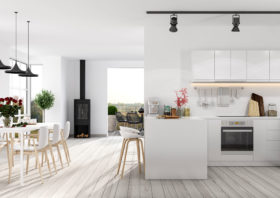
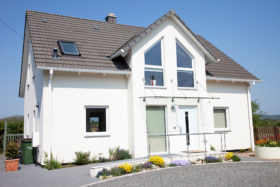




































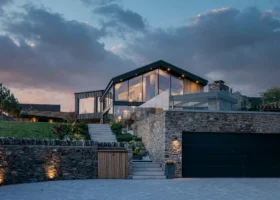

























































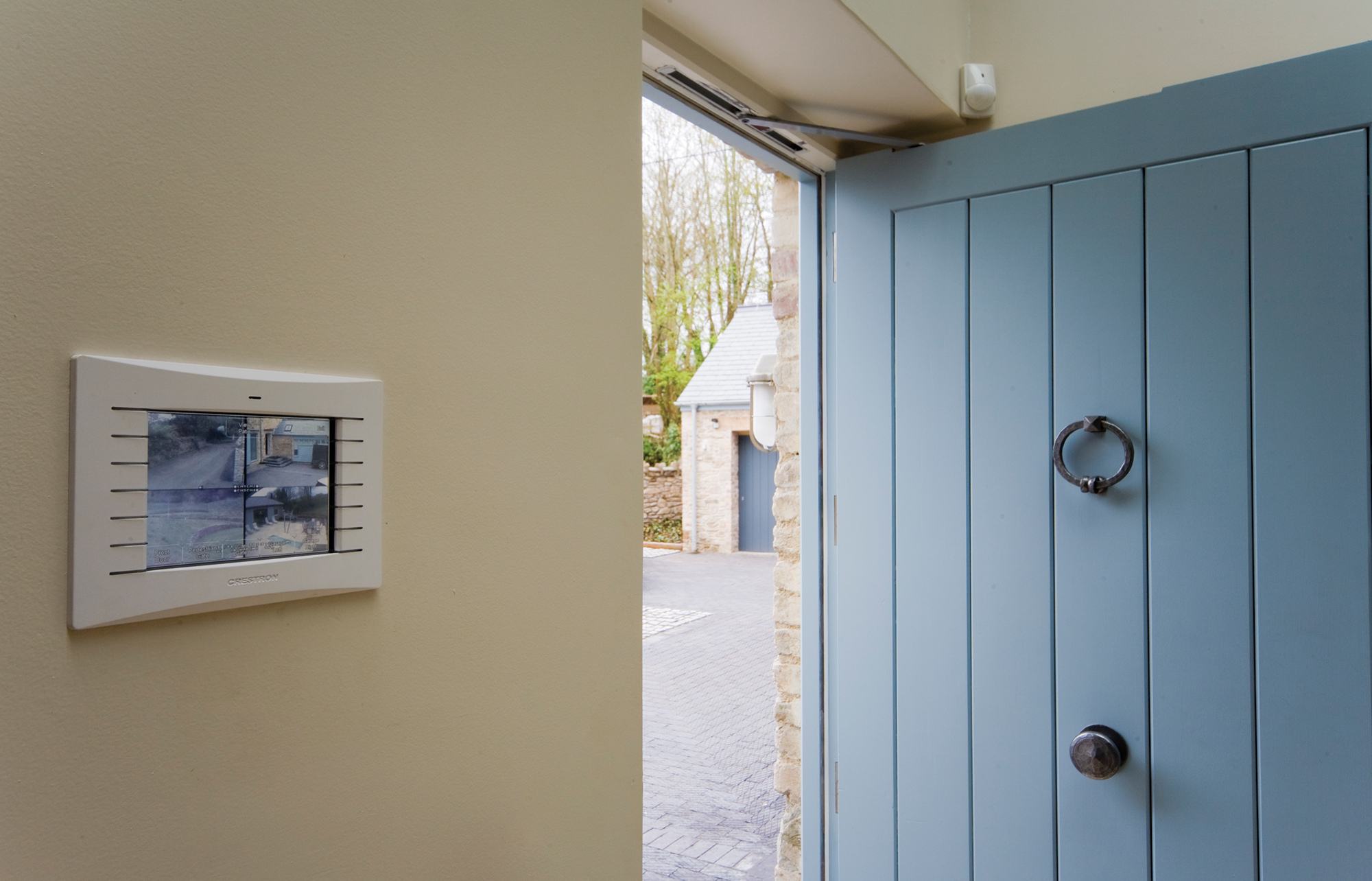
 Login/register to save Article for later
Login/register to save Article for later



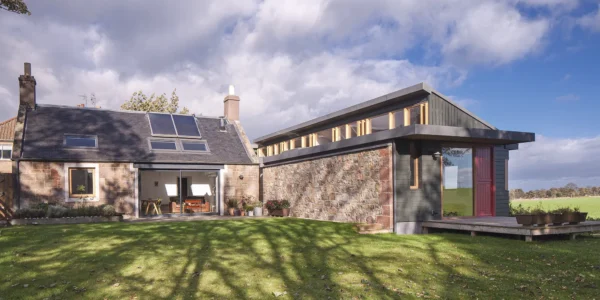
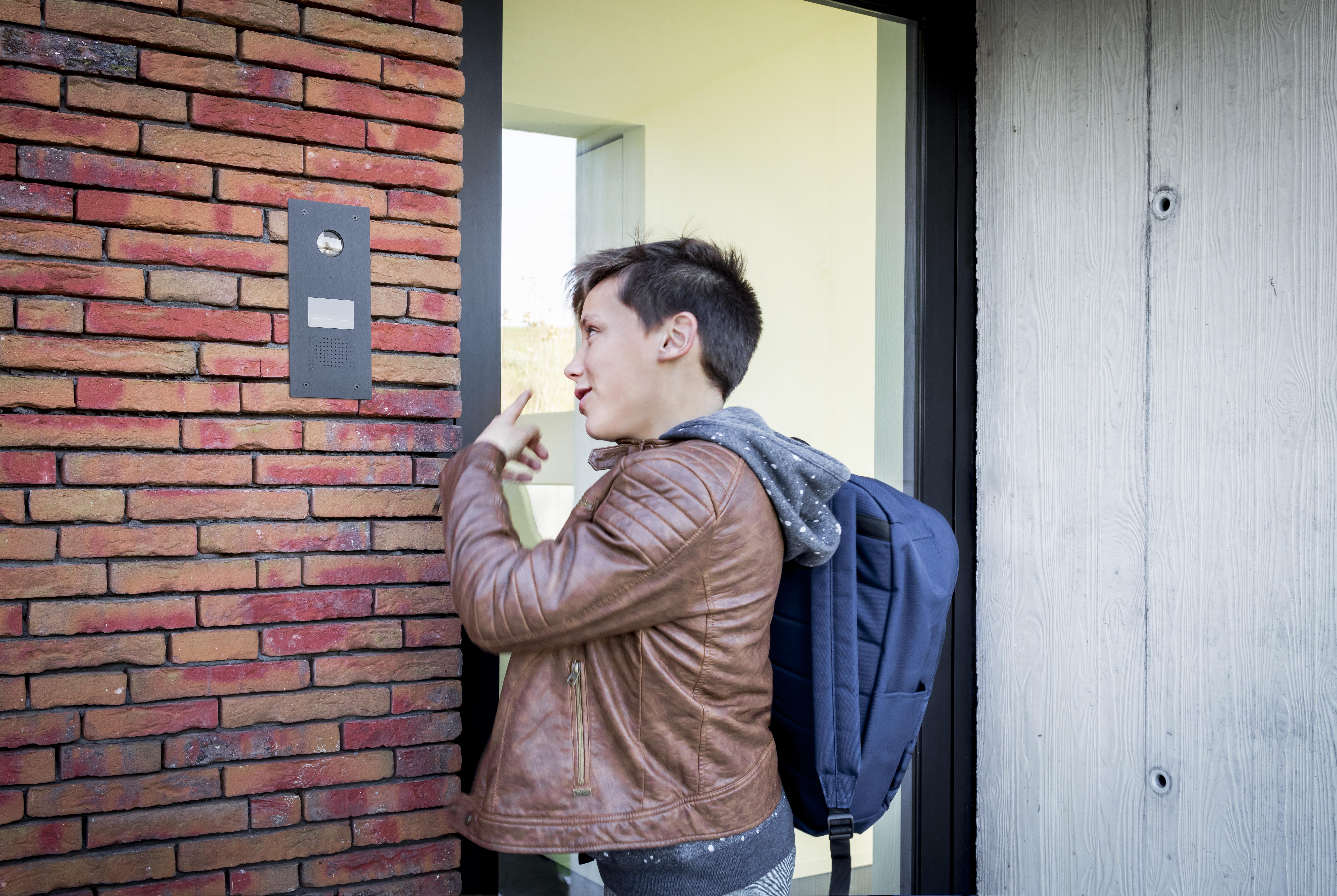
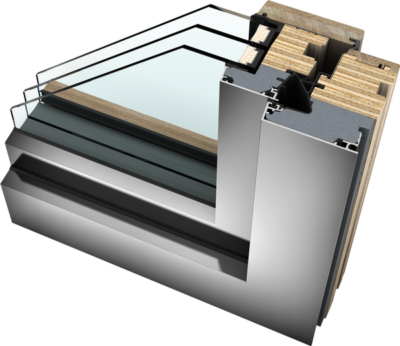
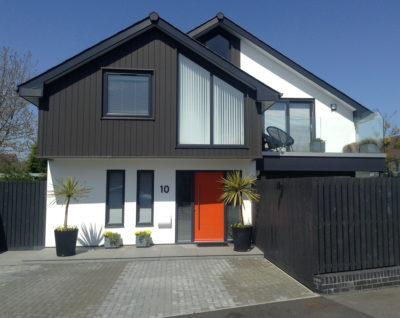
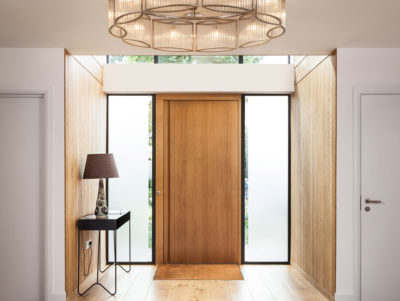





Comments are closed.